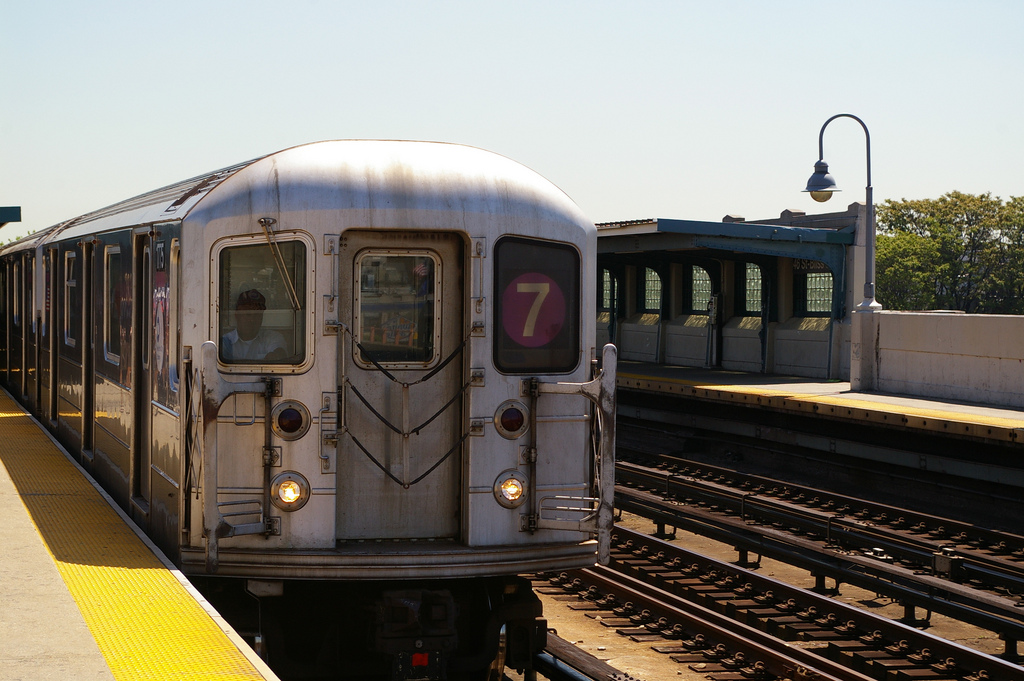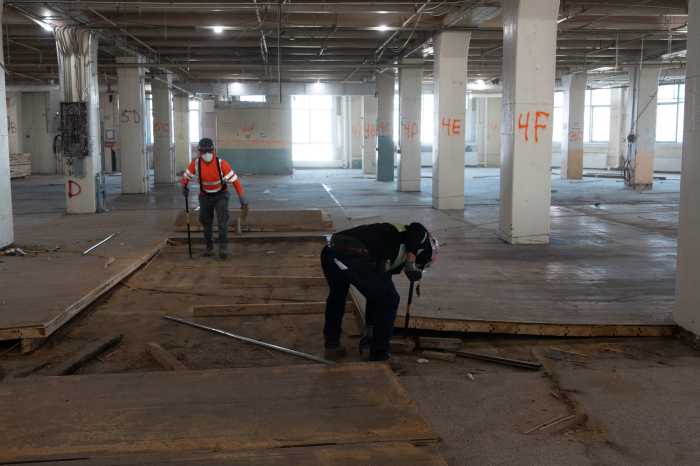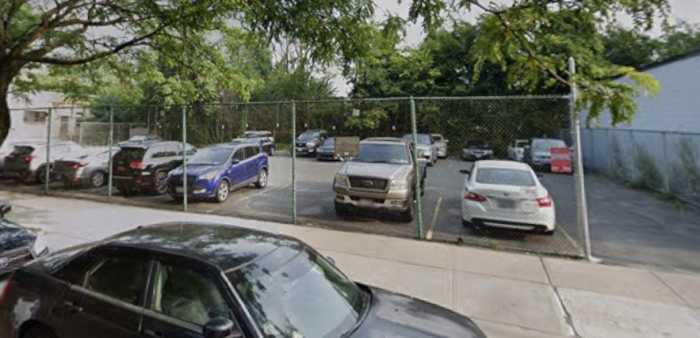The MTA has slowly been working to improve the congested and often unreliable 7 train with new technology, and to continue that work, the agency will stop service to Manhattan for four consecutive weekends in March.
Work includes the replacement of underground and elevated tracks and replacement of the decades-old fixed-block signal system. The new signal system will permit the MTA to use Communications-Based Train Control (CBTC), which allows for the agency to operate more trains closer together. With the implementation of CBTC, the MTA hopes to accommodate the growing population along the line.
“A safe, reliable Flushing Line is critical to the growth of Queens and these projects are critical to the future of the line,” said New York City Transit Acting President Darryl Irick. “Replacing old tracks means a smoother, faster ride for customers, and installing a modern signal system means less crowded and more reliable commutes.”
To test previously installed CBTC equipment there will be no service from Queensboro Plaza in Long Island City to 34th St-Hudson Yards on March 3 through March 6; March 10 through March 13; March 17 through March 20; March 24 through March 27; Oct. 20 through Oct. 23; Oct. 27 through Oct. 30; Nov. 10 through Nov. 13; and Nov. 17 through Nov. 20. The service changes will be in effect from 11:30 p.m. Friday to 5 a.m. the following Monday. This schedule is subject to change due to inclement weather.
As an alternative, the MTA will be operating free shuttle bus service in Queens making stops at the Queensboro Plaza, Queens Plaza, Court Square, Hunters Point Av and Vernon Blvd-Jackson Av stations. Those heading to and from Manhattan can take the N or W train at Queensboro Plaza; the W train, which normally runs on weekdays, will operate on weekends when the 7 line is shut down.





































